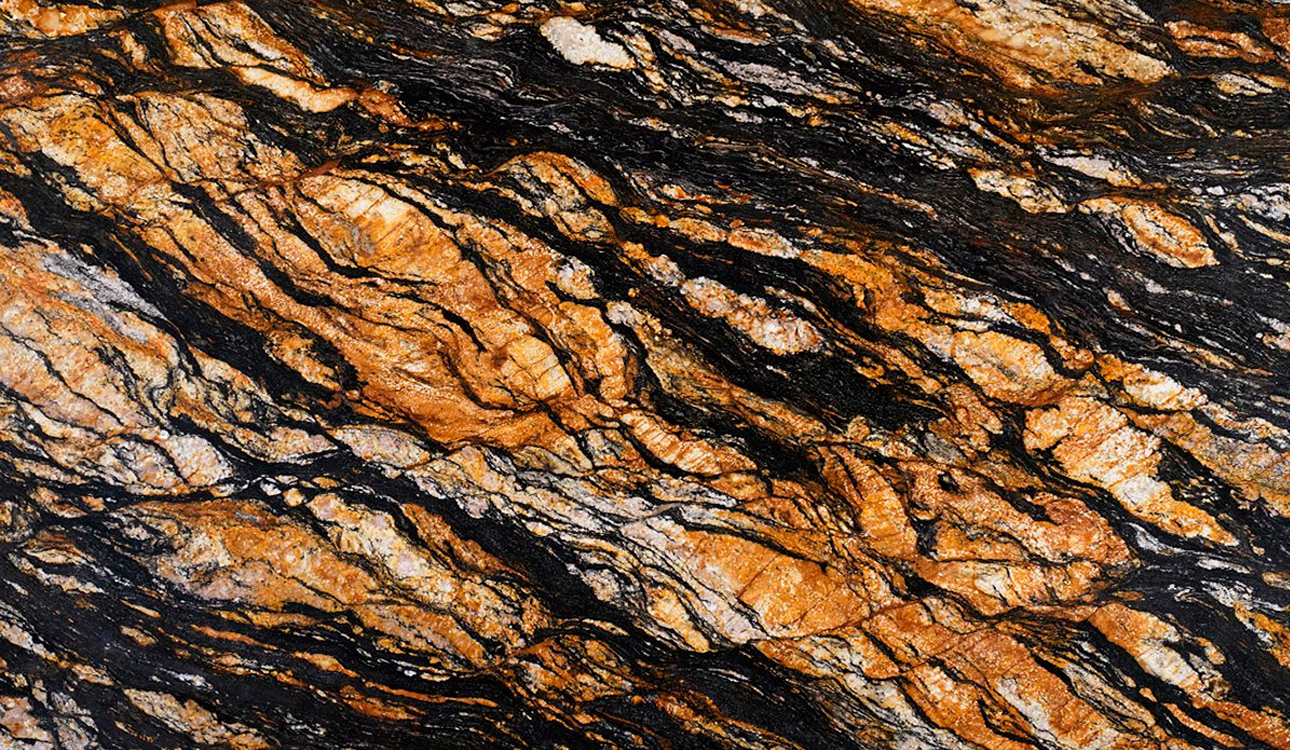Granite is a material that has been used for thousands of years as an architectural material. From statues to staircases, natural granite is used in many applications. Throughout its long history, natural granite has been used as a material for many applications. In this article, we will delve into this historic material. As we do, we will see what granite is, what its properties are, and what it is used for today. We will also take a look at the care and maintenance of granite and how to tell if it is right for you.
Properties of Granite
Natural granite lies on the hard end of the Mohs scale of mineral hardness. The Mohs scale ranges from 1 to 10 with 10 being the hardest. Natural granite registers anywhere from 6-7 depending on the stone. So it is considered hard and that makes it resistant to scratches.
Another property of granite is that it is available in a variety of colors. Some of the colors in which you can find granite include:
• White
• Yellow
• Blue
• Pink
• Green
• Brown
• Gray
• Black
• White
• Red

In addition to the colors above, natural granite can be multicolored consisting of two or more colors. Some of the more exotic granite is distinctly colored and the patterns are very unique.
Fabricating Countertops With Granite
Granite fabrication is a skill that requires not only specialized tools, machines, and facilities, but also knowledge and experience. DIY projects are indeed possible using granite and a few common tools that some already have. However, the finished product may not be as appealing as it is when the proper equipment is used.
One piece of equipment that is, without a doubt, required is the diamond blade. Granite is too hard for a regular blade so diamond blades are used to cut the material into sections so it can be fashioned into a countertop.
Another basic piece of equipment used for fabricating granite countertops is polishing pads. Polishing pads are used for easing hard edges and for creating a polished finish to the slab. Pads are used for wet polishing or dry polishing and come in 3, 5, and 7-step systems.






